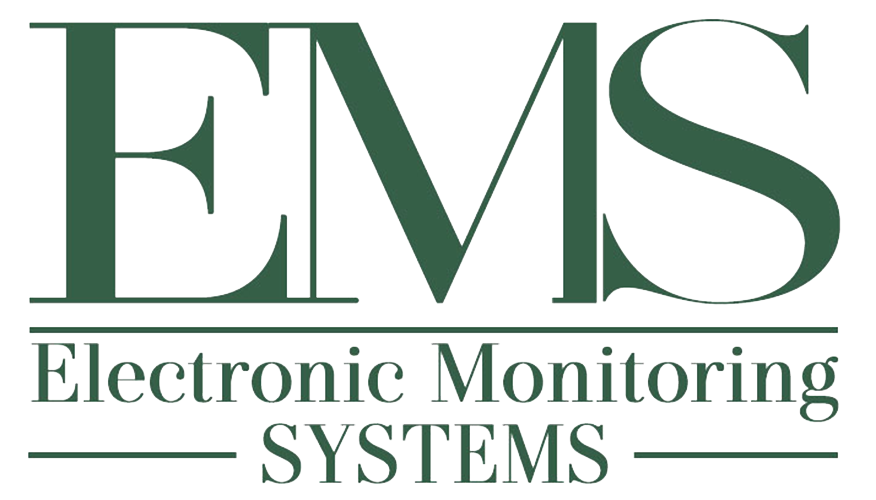Electronic Monitoring
Electronic Monitoring Works as Home Incarceration Program
Electronic monitoring as a home incarceration program is a specific application of electronic monitoring where individuals serve their sentences within the confines of their own homes, rather than in a traditional correctional facility. This essay will discuss the concept of electronic monitoring as a home incarceration program, its benefits, and considerations for its implementation.
Electronic monitoring as a home incarceration program offers several potential advantages. First and foremost, it allows offenders to maintain their daily routines, employment, and family relationships while serving their sentences. This can be crucial for successful reintegration into society after completing their sentence, as it minimizes the disruptions caused by traditional imprisonment, such as loss of employment, strained familial relationships, and social isolation.
Additionally, home incarceration programs that utilize electronic monitoring can be cost-effective. The expenses associated with housing, feeding, and providing healthcare for inmates in correctional facilities are significantly reduced. Instead, the costs of implementing and maintaining electronic monitoring systems are relatively lower, making it a more efficient use of resources within the criminal justice system. These cost savings can be redirected towards rehabilitation programs, victim support services, or other areas that promote public safety and reduce recidivism.
Furthermore, electronic monitoring as a home incarceration program can alleviate prison overcrowding. By allowing non-violent offenders to serve their sentences at home, it frees up space in correctional facilities for those who pose a higher risk to society. This can help mitigate the strain on the prison system, improve conditions for both inmates and staff, and enhance the overall effectiveness of the criminal justice system.
However, there are several considerations that must be taken into account when implementing electronic monitoring as a home incarceration program. First and foremost is the need for a robust monitoring system. The technology used for electronic monitoring, such as GPS tracking devices or ankle bracelets, must be reliable and tamper-proof to ensure accurate tracking and compliance with court-ordered restrictions. Regular maintenance and monitoring of the system are necessary to address any technical issues promptly.
Another important aspect is risk assessment. Home incarceration programs must carefully evaluate the eligibility of offenders for electronic monitoring. Violent or high-risk offenders may not be suitable for this type of program, as it may compromise public safety. Individualized case management and risk assessments are essential to determine the appropriateness of electronic monitoring as a home incarceration option for each offender.
Privacy and civil liberties are also significant concerns. Constant surveillance and monitoring can potentially infringe upon an individual’s right to privacy. Therefore, it is crucial to establish clear guidelines and regulations to protect the privacy rights of individuals under electronic monitoring. Safeguards should be in place to prevent any misuse or abuse of the monitoring system and ensure that the monitoring is focused solely on compliance with court-ordered restrictions.
In conclusion, electronic monitoring as a home incarceration program offers several benefits, including the ability to maintain daily routines, cost-effectiveness, and alleviation of prison overcrowding. However, careful consideration must be given to the reliability of the monitoring system, individual risk assessments, and the protection of privacy and civil liberties. When implemented thoughtfully and with appropriate safeguards, electronic monitoring as a home incarceration program can be a viable alternative to traditional imprisonment, promoting successful reintegration into society while maintaining public safety.
